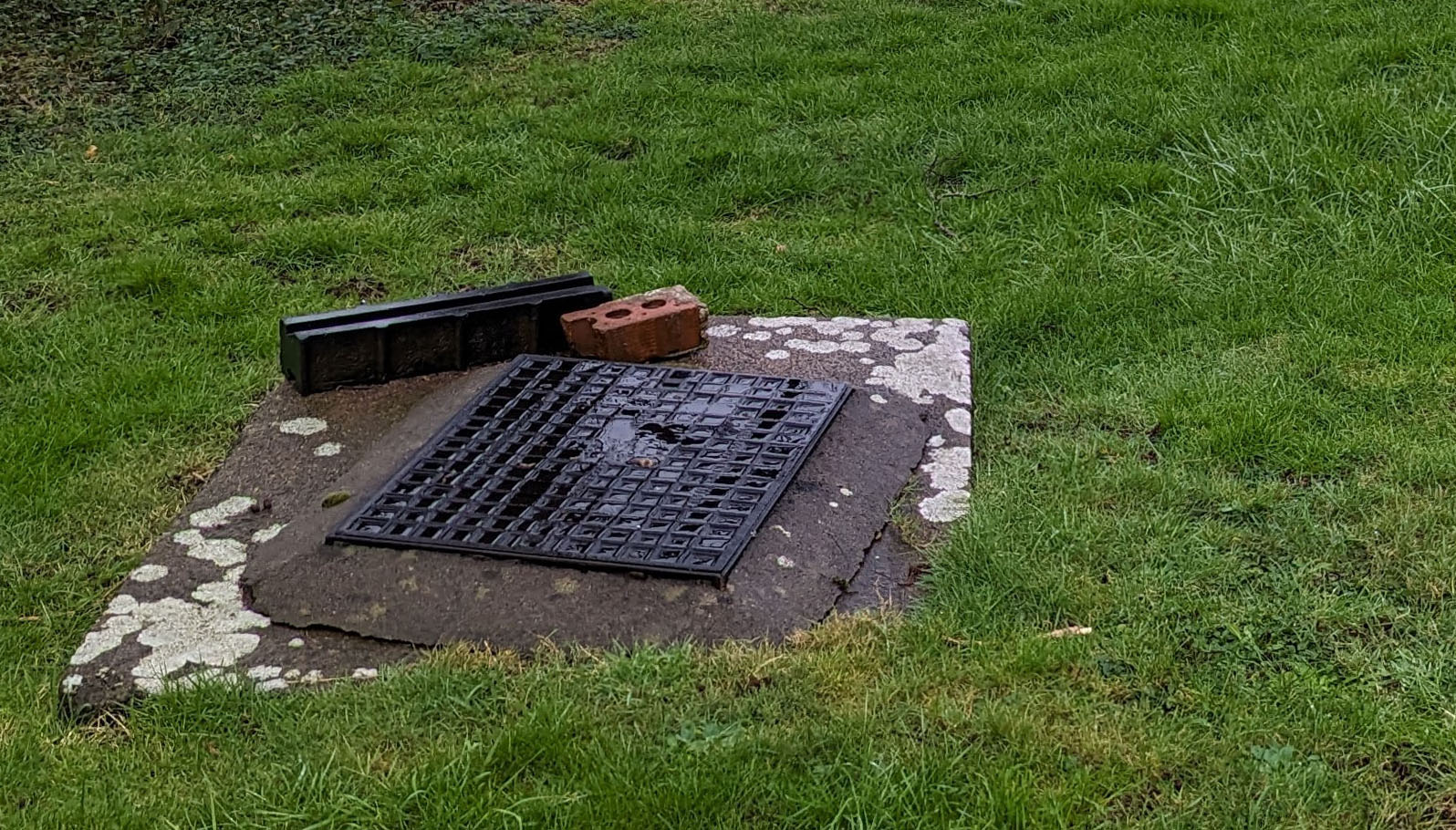A drainage survey is a way of seeing the damage inside the pipe itself and ideally the pipe should be free of debris. It would be useful carry out power jetting first, before any survey is undertaken, so the pipe is clean, and access is readily available. Though drain jetting should be carried out regularly – to remove blockages, get rid of debris, fats, oils and grease build-up, so that a healthy drainage system is maintained – few homes or businessowners actually do this. If it is carried out, it’s usually part of an ongoing maintenance contract. Obstructions over time can result in a build-up that causes liquids – such as foul water and wastewater – to become health and safety issues, as well as untold damage if they back up above ground and cause flooding.
Clearing obstructions
If the drain is blocked, then the problem needs to be addressed and the cause found. Blockages are a build-up of debris in a drainage channel. This can be mortar that has washed down from a manhole or gulley, or something that has been flushed or drawn down the channel. Any blockage will only get worse over time, as once there’s an obstruction in a channel, further debris will be halted, and build-up will occur.
Once an obstruction is cleared with a high-powered jet, it leaves the way clear to detect breaks and leaks within a drainpipe. Leaks will leave evidence and a CCTV survey will reveal exactly where the water is escaping, and a repair will have to be made. Displaced joints too can cause leaks, where the pipe has been dislodged through heavy traffic or settlement. Cracked, collapsed and ruptured drains will also be obvious on a CCTV survey. Tree roots can cause all kinds of problems and can be difficult to rectify without a major excavation and repair job. Corrosion, wear and tear, internal scale build-up and animal infestation are also issues that can be revealed by a camera survey.
Making connections
As well as locating and rectifying problems, drainage surveys can be useful in other ways too. They can establish a connection to the main network. One of the challenges of large new-build sites is connecting to the mains sewer network – locating the pipe position and then making the sewer connection.
Drainage surveys can also be used to locate existing services onsite and also locate main junction breaks where connections could be made. As well as for construction, drainage surveys are also useful to utilities providers, such as water companies. They can be used to find the position and fall of the drainage onsite. If the site is rural, they will show whether a septic tank or Klargester is being used to process the wastewater, instead of being connected to the mains sewer. They can also establish ownership of drains and what sort of sewer waste is passing through the system – this might be across another landowner’s property to reach a mains sewer.
Drainage surveys when buying a property
Drainage surveys may also be needed in other instances too. They may be required as part of a survey when buying a property, for instance. Though in-depth Home Buyers Surveys are very detailed, they don’t explore the drains to the extent a drainage survey would. For peace of mind, a drainage survey is a reliable option, when it comes to knowing exactly what your property investment entails. It can also be useful if you are renting a property – it’s the responsibility of the landlord to ensure the drains are working properly.
If you require a CCTV, underground utilities or drainage survey, or need advice and guidance on how to go about organising one, then get in touch with us today.








